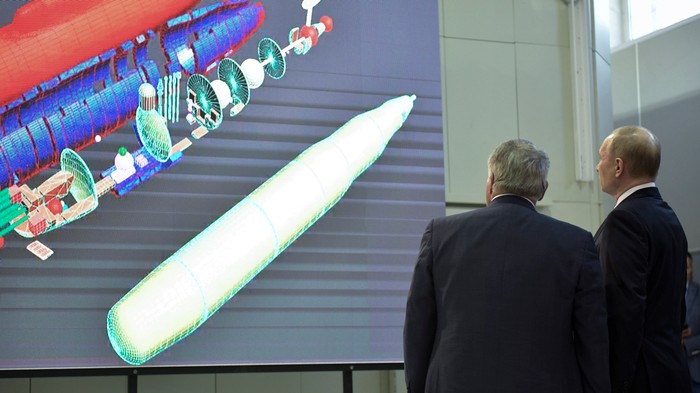Santa Fe, NM – Yesterday President Obama submitted the new bilateral Strategic Arms Reduction Treaty (START) with Russia to the Senate for ratification. At the same time he submitted a modernization plan required by Congress that “includes investments of $80 billion to sustain and modernize the [U.S.] nuclear weapons complex over the next decade.” Given that two-thirds of the Senate is required for treaty ratifications a large political fight was always expected over a second attempt at ratifying the previously rejected Comprehensive Test Ban Treaty (CTBT). However, last December all 40 Republican senators plus one independent wrote to President Obama demanding modernization of both the stockpile and complex as a condition for New START ratification. Meanwhile, the prospects for ratification of the CTBT (first proposed by Prime Minister Nehru of India in 1954) look increasingly dim.
In response to Republican demands, the Obama Administration plans to increase funding for the nuclear weapons research and production programs of the National Nuclear Security Administration (NNSA) by more than 40% from $6.4 billion in FY 2010 to $9 billion by 2018. In turn, $9 billion is 43% above the average annual cost of $5.1 billion during the Cold War for analogous Department of Energy nuclear weapons programs.
The one-page unclassified summary of the modernization plan declares
U.S. nuclear weapons will undergo extensive life extension programs in the coming years to ensure their safety, security and effectiveness. Maintaining a credible nuclear deterrent requires that the United States operates a modern physical infrastructure and sustain a highly capable workforce.
That may seem intuitively logical on the face of it, but NNSA and the nuclear weapons labs are subtly changing the frame of debate to favor their own interests. Independent scientists have repeatedly found that the nuclear weapons stockpile is safe and reliable and can be so maintained by existing life extension programs. Past NNSA budget requests repeatedly invoke a “reliable” stockpile, but its FY 2011 request is full of references to an “effective” stockpile.
NNSA Administrator Tom D’Agostino claimed at a recent presentation to international delegations at the United Nations for the NonProliferation Treaty Review Conference that the U.S. is meeting its disarmament obligations in good faith. At the same time, he repeatedly stated the U.S.’s need to maintain an “effective” stockpile. When asked what effective meant he replied it meant having confidence in the nuclear weapons stockpile underpinned by the right mix of infrastructure and people.
In order to extract increased funding, NNSA and the nuclear weapons labs are trying to shift the debate over maintaining the stockpile from technical arguments over warhead safety and reliability to subjective arguments over maintaining an exorbitant research and production complex and workforce. This will not only cost enormous sums of money, which is what the labs seek, but will also perversely undermine confidence in the stockpile because of planned changes, including new military capabilities, that will be made to existing, previously tested weapons. Giving the nuclear weapons labs a blank check contradicts Obama’s declared national security goal of a future nuclear weapons-free world. Instead, he should be redirecting the labs into dramatically increased nonproliferation programs, cleanup, and meeting today’s national security threats of nuclear terrorism, energy dependence and climate change.
The one-page unclassified summary of the Obama modernization plan for the stockpile and nuclear weapons complex.
The average annual cost of $5.1 billion during the Cold War for DOE defense programs is derived from Atomic Audit, The Costs and Consequences of U.S. Nuclear Weapons Since 1940, Steven Schwartz, et.al., Brooking Institution Press, DC, 1998, Table A-2, p. 561 (adjusted for inflation).
NNSA Administrator Tom D’Agostino’s presentation to the NPT Review Conference
For more background, please see “Labs Seek “Stockpile Modernization” Through Test Ban Ratification – “Updating” of Treaty “Safeguards” to Protect Nuclear Weapons Budgets”
Of particular interest are cited Los Alamos Lab viewgraphs that state “Technically: there is little difference between a ratified CTBT, and the current testing moratorium” and “There are several ways to sustain capabilities… Get more money.” The point is that the nuclear weapons labs are fully aware that treaty ratifications are an opportunity for them to secure more funding, as they did in the build up to the 1999 ratification process that rejected the CTBT.

